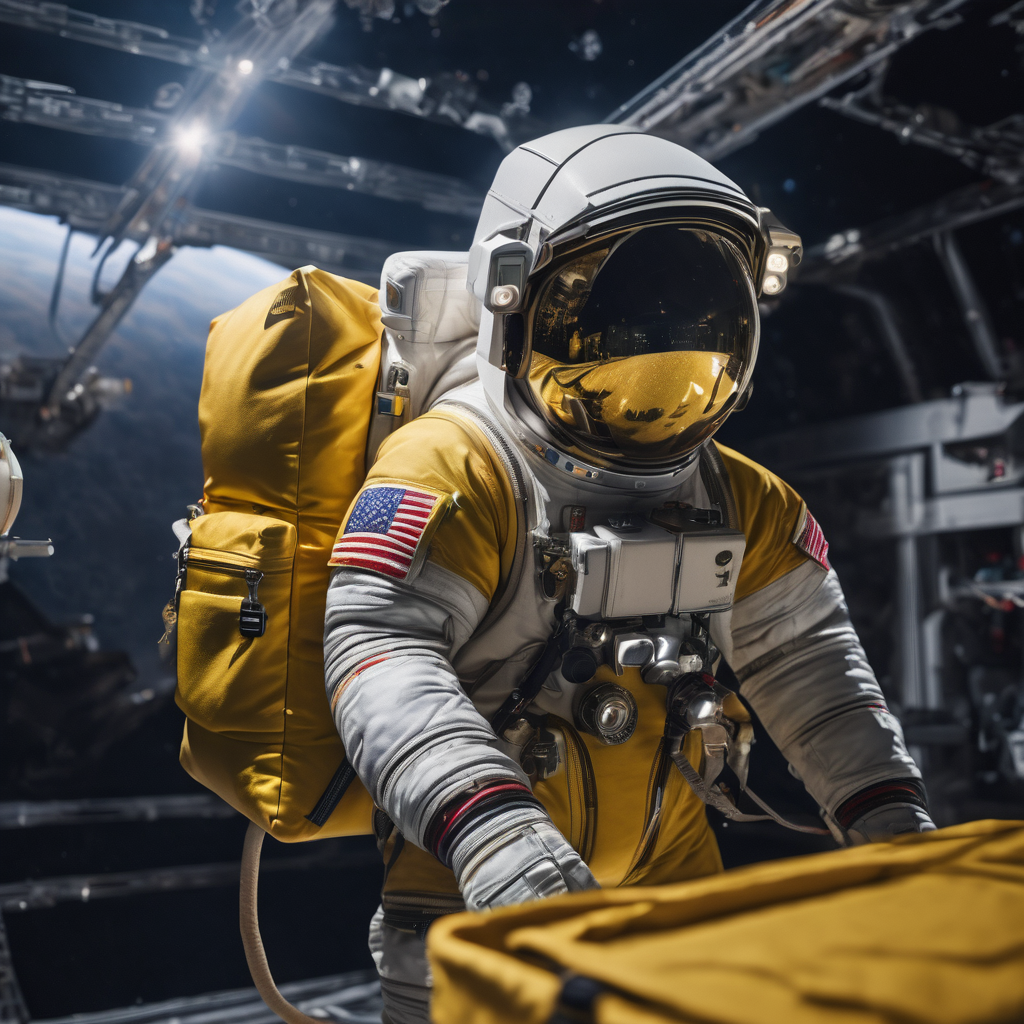NASA has released a short video about its plan to launch the first-ever commercial delivery service to the Moon. However, don’t imagine a DHL courier appearing in a small space capsule to deliver orders to astronauts on the lunar base. We are talking about lesser-known companies that supply various equipment to the Moon to expand the possibilities of scientific research and commercial operation of the satellite.
NASA has partnered with 14 private US companies under the Commercial Lunar Payload Services (CLPS) initiative to compete for the opportunity to deliver scientific and technical equipment to the lunar surface.
The move comes at a key time as NASA develops its Artemis project, which includes a four-astronaut flight over the lunar surface in 2024 and a mission to land humans on our natural satellite in 2025-2027. This will be the first adventure of this kind since Apollo’s mission in 1972. Longer-term plans include building the first permanent lunar base for astronauts to conduct extended missions, similar to how they currently operate on the International Space Station.

As a part of the Artemis project, commercial delivery services will be used to provide for scientific experiments, test technologies, and demonstrate capabilities that will help NASA explore the Moon and prepare for manned spaceflight. Scheduled deliveries include Astrobotic’s VIPER polar lunar rover in 2024 and Draper’s scientific research in the Schrödinger Basin on the far side of the Moon in 2025.
NASA claims that the establishment of a commercial lunar delivery service will radically increase the scope of scientific research. This high-risk, high-reward initiative will invest in American innovation industry to create a commercial lunar market, leading technology and research. It will open up the possibility of conducting new experiments and developing technologies on the lunar surface — the sweet dream of scientists.
NASA sees this move as an opportunity to pave the way for similar services in other areas. For example, one of the destinations will be Mars, as the agency is preparing to send the first humans there in the 2030s.
Earlier, we reported that it would take almost 20 Starship launches to land astronauts on the Moon.
According to NASA

